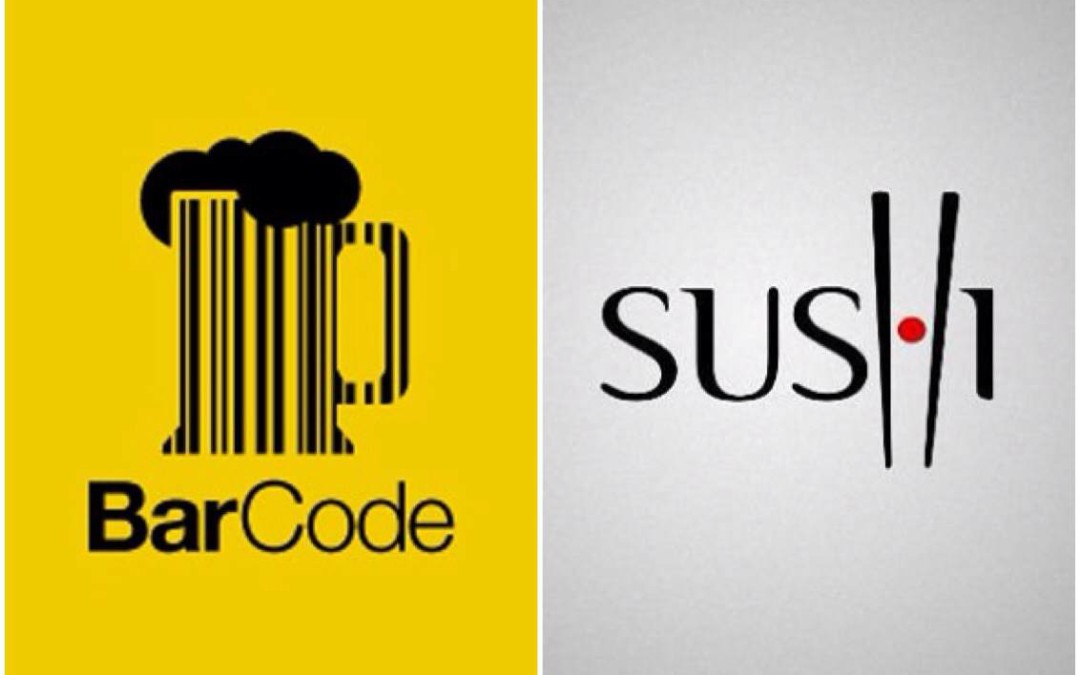When designing your own brand identity, or when you recruit a designer to create the logo of your next venture, choosing the right path is often the most difficult decision to make. Yet very often, the most important one.
Here’s the scenario: You crossed everything on your “to-do” list for the awesome business you want to create. You already have a sensational name and clearly identified the goals, values and the singularity of your company as a brand. If you hired a graphic designer, you provided him with a summary of your cluttered thoughts and a few styles, colors & similar identities you like in a hope that he will decipher, and deliver.
Later on, however, between a mark, an icon or a simple lettered logo with a unique font or typography, you will often be presented with a lot of options. And 99 percent of the time you won’t know what you want anymore, and it’s totally normal. Who could blame you? The thought of showing your company to the world in a few pixels is petrifying, to say the least. So, your next step is to ask friends for ideas, or family. Or worse, your neighbor, and soon, his own daughter and the dog. There is nothing wrong with that, it just might be much easier with a few universal rules to apply to any logo creation.
I am definitely not a designer (and quite frankly far from it). But I am fortunate to work with one, and it helped me develop an eye to surpass the usual “is it a nice logo?” doubt, and ask the key questions. You are in for a treat, as there are 5:
1. Who is your audience?
The Palace logo is sleek and elegant, yet has a feeling of mystery and luxury that reflects perfectly its visitors and party goers, looking for a trendy place to spend the night. Would it be an appropriate logo to communicate to patrons of an NGO, or represent a law firm? Probably not. Each company its target group.
Determining your audience group helps you present yourself in the way your customers understand your actions, and avoid mixed reactions and confusion. Ask yourself if your clients can relate to your sector or industry just by the look of your logo. It will point you in their eyes in the exact direction you want them to look. And once you establish a connection with your audience through your logo, you’re halfway there!
2. Will it look good in black & white, on prints and other formats?
You finally have a logo that is starting to grow on you. You can already feel what you see on screen it will look great on your future business cards, and your brand new website. But have you thought of how it will look on envelopes and letterheads? Or when cut-out on a large signage?
Clarity and simplicity in a logo often ensure your brand will work in any condition. A golden rule: try to see if your logo still works using only black & white or gray-scale.
A logo needs to have the capacity to adapt to all materials and media you can think of. It also needs to be legible even when scaled down to the size of a button, for small printing collateral’s, or tags for example. And of course, in case of printing malfunction, your clients still get the point!
3. Does it have more than 2 colors?
Smart use of colors is essential in creating a logo. We will cover the choice of colors in a different article, but each has a meaning.
Let’s take Evernote as an example, an application for note-taking which can be used across all platforms under one roof (mobile, computer, tablet). Sustainability has always been the backbone of the company. Indeed, its goal is to make our note-takings paperless and thus reduce deforestation. When we see green, we automatically relate it to”Nature”. Thus, take notes, save trees. Choose your colors wisely.
Finally, Color schemes have to be easy on the eyes. A straightforward way to achieve that is to use a maximum of 1 or 2 colors in your logo. Although companies like Google or NBC brilliantly manage to pull off 5 (note that it is for very specific reasons as well), as a safety precaution, better stick with the main color and a contrasted one. And yes, Black IS a color.
3. Is it easily understood?
Who does not love creative and smart logos? It is always a delight to the eye, especially the moment you figure out “the trick”. It can also be a tremendous method to make your logo memorable. Unless you’re the only one who “gets it”, and it takes a good minute for other people to do so. Or worse, when your design is interpreted the wrong way. A rapid search for “funny logo fails” on Google will make you understand my point (parental advisory). So, better go easy on hidden meaning, especially with abstract forms.
4. Is it timeless?
Have you noticed how most of the designer powerhouses stick to a rare or unique font for their logos? How a simple shape like the “swoosh” of Nike can still look modern while created in 1971? Streamlined fonts and remarkable emblems are surefire ways to make a logo timeless. When you are worried about following a new trend in design, think about how it would age.
I bet you loved the way that 3D effect looked on your own logo. It does seem good and modern. And looks definitely refined on screen. But, will it be so in 15 years, or even 50? Will it still be relevant in another lifetime? 3D logos are often used for tech companies, yet the biggest ones already adopted a flat, classic look for their new identity. Now, look at the logo of Victoria Beckham, considered one of the most up-to-date and fashionable lady of this decade. Simple, sleek and stylish. Will it stand the test of time as well as she does? I definitely think so!
5. Does it reflect our identity as a firm, our mission, and values?
Team Manila is known for promoting Filipino culture through their merchandise, and Filipino craftsmanship through their Art. They chose to convey their values in their logo by incorporating our well-loved national hero and adapting it to modern times. The result, of course, is the iconic image of Dr. Jose Rizal with RayBan® sunglasses. This last question is of the utmost importance for this is the foundation of your identity as a brand, your “inner-self”. Without reflecting your values and personality in your logo, you will lose a key aspect: differentiation. While doing so, you might just be one of the hundreds of logos a person encounters in their everyday lives, lost in the sea of advertising. By stating visually who you are and displaying your values, you stand from the crowd and affirm your difference.
See? Not so hard once you overcome the major roadblocks and ask simple and yet targeted questions. Do you have any more tips to add? Do let us know in the comments section.









